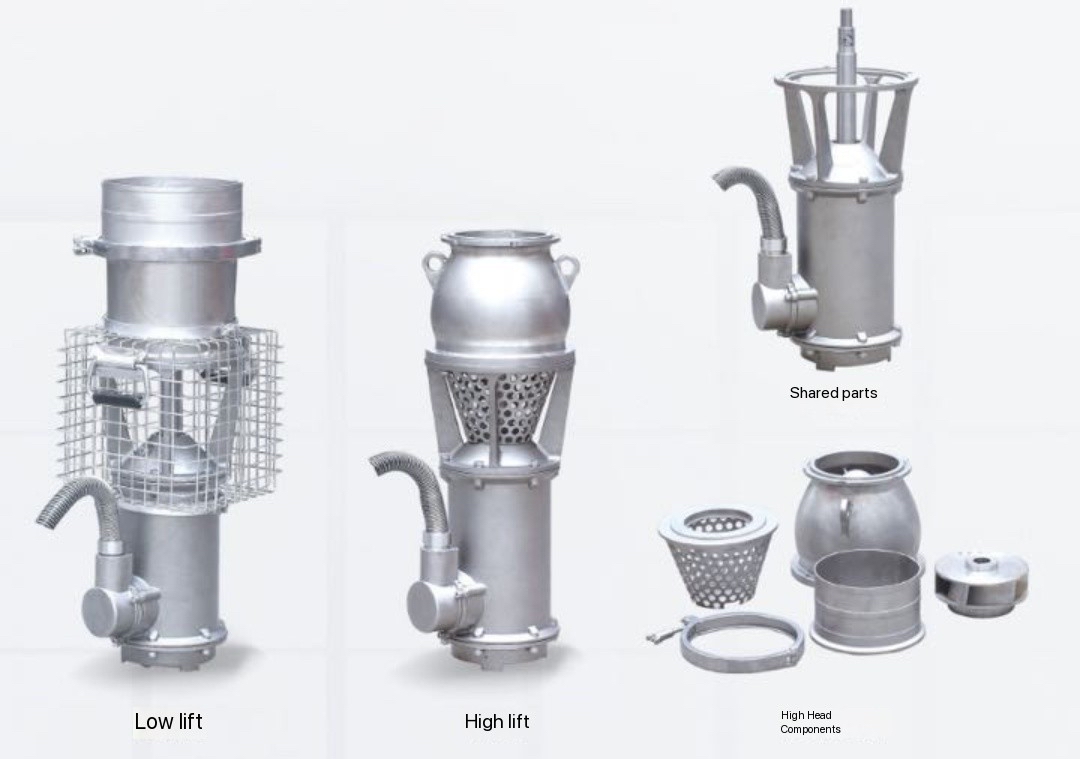What are the high lift pumps used for emergency response?
In the realm of disaster response, especially when dealing with emergencies such as floods and landslides, efficient drainage systems are indispensable. High lift pumps serve as crucial equipment in these scenarios, enabling rapid elevation of water levels and providing timely aid. This article will introduce several types of high lift pumps commonly used in disaster response and explore their characteristics and applications.
1. Centrifugal Pumps
Centrifugal pumps, one of the most widely used pump types, transfer liquid by utilizing a rotating impeller that lifts the fluid from a low-pressure area to a high-pressure area. In disaster response, particularly during urban flooding or river breaches, centrifugal pumps excel due to their ability to work efficiently at deeper water levels. Their high lift capabilities make them suitable for operations requiring significant water displacement.
2. Submersible Pumps
Submersible pumps are specifically designed for deep water operations with exceptional sealing properties, allowing direct installation underwater. They are particularly useful in lakes, reservoirs, and deep wells for irrigation and drainage tasks. In disaster scenarios, submersible pumps can be rapidly deployed to quickly discharge large volumes of water, mitigating the impact of flooding.
3. Screw Pumps
Screw pumps, through their rotating screw mechanism, are ideal for transporting high viscosity fluids like mud and oil. In response to disasters such as debris flows and sedimentation, screw pumps are adept at clearing obstructions and restoring access routes, making them invaluable in rescue efforts.
4. Axial Flow Pumps
Axial flow pumps generate strong water flow through their rotating blades, making them suitable for large volume, long-distance transportation tasks. During severe floods, axial flow pumps are capable of swiftly evacuating water to safer areas, preventing urban flooding and protecting agricultural lands.

5. Self-Prime Pumps
Self-prime pumps have unique designs that enable them to pump liquids without external vacuum equipment. In situations where power supply is unavailable or water supply lines are damaged, self-prime pumps still function effectively, providing emergency water supplies to affected populations.
Application Scenarios
In actual disaster relief scenarios, these high lift pumps are often utilized in combination to address various challenges. For example, during severe urban flooding, a combination of centrifugal and submersible pumps might be deployed for joint drainage operations. In the process of clearing obstructed rivers or ditches, screw pumps can perform efficient sediment removal. By leveraging different types of high lift pumps, more effective and comprehensive solutions can be provided against natural disasters, ensuring timely and comprehensive aid for disaster-stricken communities.
In summary, the application of high lift pumps in disaster response highlights the significance of modern technology in managing disaster impacts. As technological advancements continue, future pump performances will likely improve, offering even more reliable protection measures for human society.




